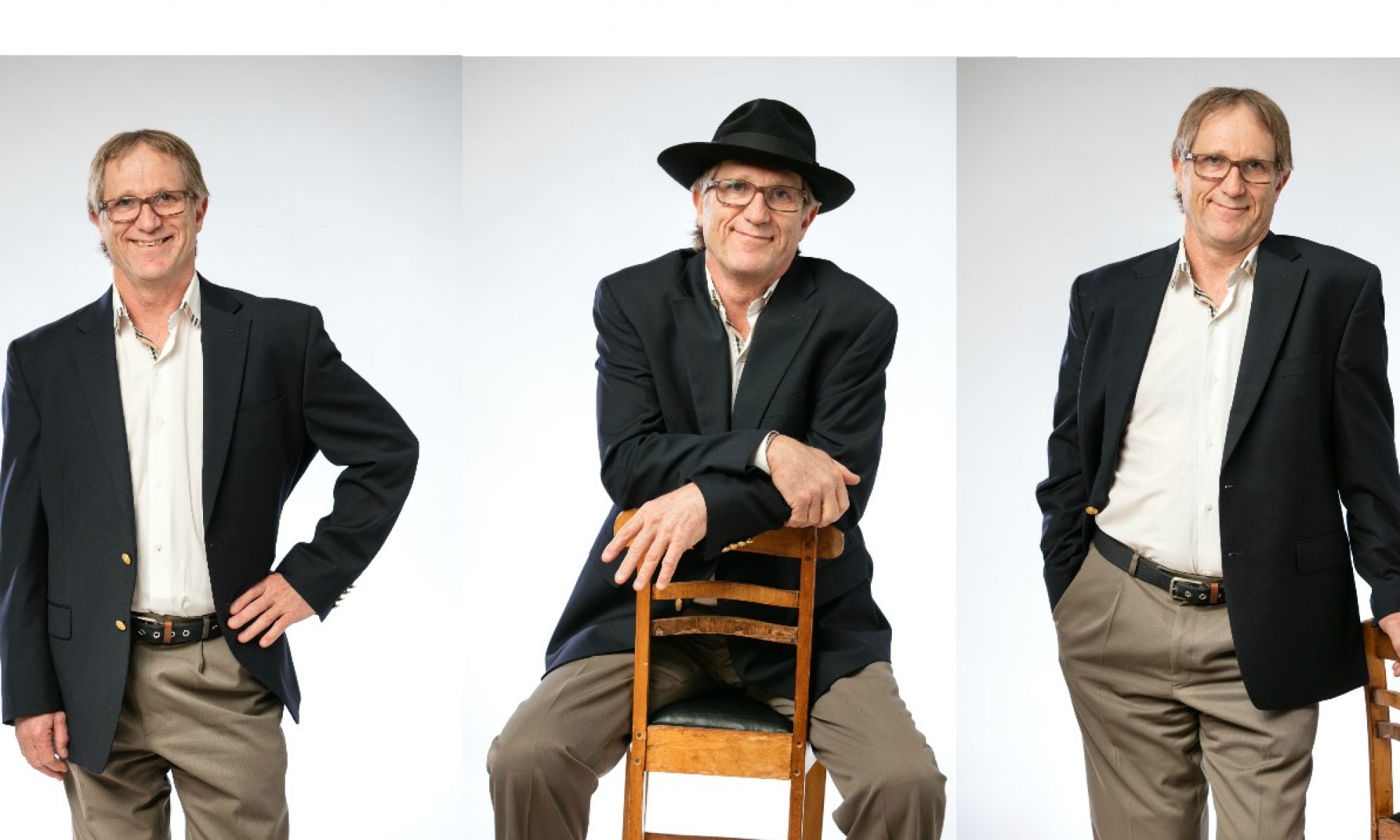Some people naturally speak ‘using their hands’ (like me) and others don’t.
Studies show that there are LOTS of reasons why ‘speaking using your hands’ is a good thing to do’.
And these reasons hold true whether we are speaking one-on-one or one-to-small-group or even one-to-large-audience.
These reasons include; better understanding of the subject matter by the listener(s), better retention of the subject matter by the listener(s)
and more ‘deals’ / better outcomes attained.
In fact they showed that talking using your hands had huge positive outcomes for both parties and no negative outcomes.
In this quick video I discuss the WHY, WHAT and HOW of speaking with your hands.
TRANSCRIPTION
Hi, it’s Diederik Gelderman here.
Today, I want to share a strategy on how you can help improve your communication outcomes whether that’s on the phone, face to face or speaking in front of a group; small or large group.
This is all about the science behind getting your hands to speak. And you may or may not have noticed as you’ve been watching me over the last few weeks and months, but I tend to use my hands to speak.
I’ve always done this and it’s natural to me, but if you think this through, you undoubtedly have run into a lot of people who don’t use their hands when they speak, or only use them in very small ways or use very small gestures.
I don’t know what you do personally, but let me suggest that if you’re not using your hands or if you’re only using them minimally, that you increase the number and the range of your gestures, because a couple of things will happen — I’ll just go through them in a sec — but briefly; first off you’re going to be able to think better.
Yes, your thoughts will improve when you’re using your hands to speak; a study showed this.
Then from the listener’s perspective, the person you’re talking with, that second language of your hands will increase the depth and emotionality and the impact of what you’re saying.
Therefore, using your hands to speak is;
- beneficial to you, it’ll help improve your thought process, it’ll help improve your thinking and thinking through that topic and subject, and
- it will help you get the message across more clearly, and
- then it’s also beneficial to the other person with respect to that it helps their subconscious to more easily process what you’re saying and
- it also helps them to increase their understanding and retention of what you’re saying.
It’s a win-win situation all around…
I’ll cite one particular study for you. I’m sure you heard of the TED Talks… and the Science of People lab in Portland Oregon studied TED talks from 2016 which had gone viral versus the ones that had not gone viral to see if there were discernible differences in the talks.
They looked at some common denominators between the viral talks and the non-viral ones, and the comparisons were on talks on the same subject of course.
One of the biggest standouts, of a number standouts, and we’ll talk about the other standouts in another video, but one of the biggest standouts if not the biggest standout was that in the TED talks that went viral ,the speakers use their hands and made about twice as many hand gestures as similar topics which didn’t go viral.
Wow. Just a few extra hand movements, double the hand movements, and you get a viral TED talk versus a non-viral TED talk, hmm maybe there’s something in this.
The other thing is that when you quiz or interview audiences who have watched people speaking live or on TV or video or DVD [or whatever], when people used lots of hand movements, they judged those people who used lots of hand movements to be more warm, more agreeable and more energetic than people who didn’t.
And people who don’t use their hands to speak, they’re regarded as cold, logical and analytic; so, big difference there as well.
If we have agreed by now that we should be using hand movements, where and how many hand movements should you be using?
If we use my body as an example; you’ve got a box infront of your torso that’s about as wide as your shoulders and as wide as your hips, and it goes from your shoulder line, the top of your shoulders and the bottom of your neck, to just below your waist and if you keep your hands inside that box that’s the optimal place to have hand movements.
Now, people who move their hands outside of that box, like I do a lot of times, can be occasionally perceived as being a little bit out of control.
It’s occasionally okay to make larger hand movements but try and keep them within that box as much as possible.
Hand movements also add colour and depth and variety to your story, and also adds emotionality to the story.
It’s been shown that hand movements are almost a second language that adds in missing parts to the verbal communication that may not have come through verbally.
Hand gestures gives the listener a lot more nuances and depth into that conversation or into what you’re saying; so, it adds a lot of extra information and dimension to what you’re saying, so it’s really, really, really important.
As I said earlier, it also adds extra emotion into the story, and then it also acts as a punctate or punctuator.
Let me give you an example of some of this so if I were to say, “I want to tell you a really big important point,” how would that look?
Versus, “We’re going to share a really big important point,” does that add an extra dimension to the ‘bigness’ of that point, versus this? Yes, I think so.
And also, if you’re listing things out like if you’re lecturing or if you’re talking to a group or if you’re a salesperson selling stuff, if you say “We’re going to talk about three things here today. Number, one is this. Number two is this. Number three is this.” You’ve effectively boldened or underlined or brightened up those three important points by using your hands as punctuators.
The last thing that I want to share is that people who don’t use gestures at all, or virtually at all, are regarded as less trustworthy than people that do (use gestures), and while we’re talking about trust, there’s obviously also the matter of Lie Detection.
When what you say and your hand gestures match up to what you’ll say, then you’re going to be perceived as telling the truth.
However, one of the biggest keys to Lie Detection is to find mismatches between what the other person is saying and their hand gestures.
When your hand gestures and what you are saying coincide and build on each other, you’ll be regarded as truthful.
But where your hand gestures mismatch what you’re saying or you use no hand gestures at all, it’s more reason for the other person to regard you as being less than honest.
I hope this has given you some really simple immediately actionable strategies that you can use.

